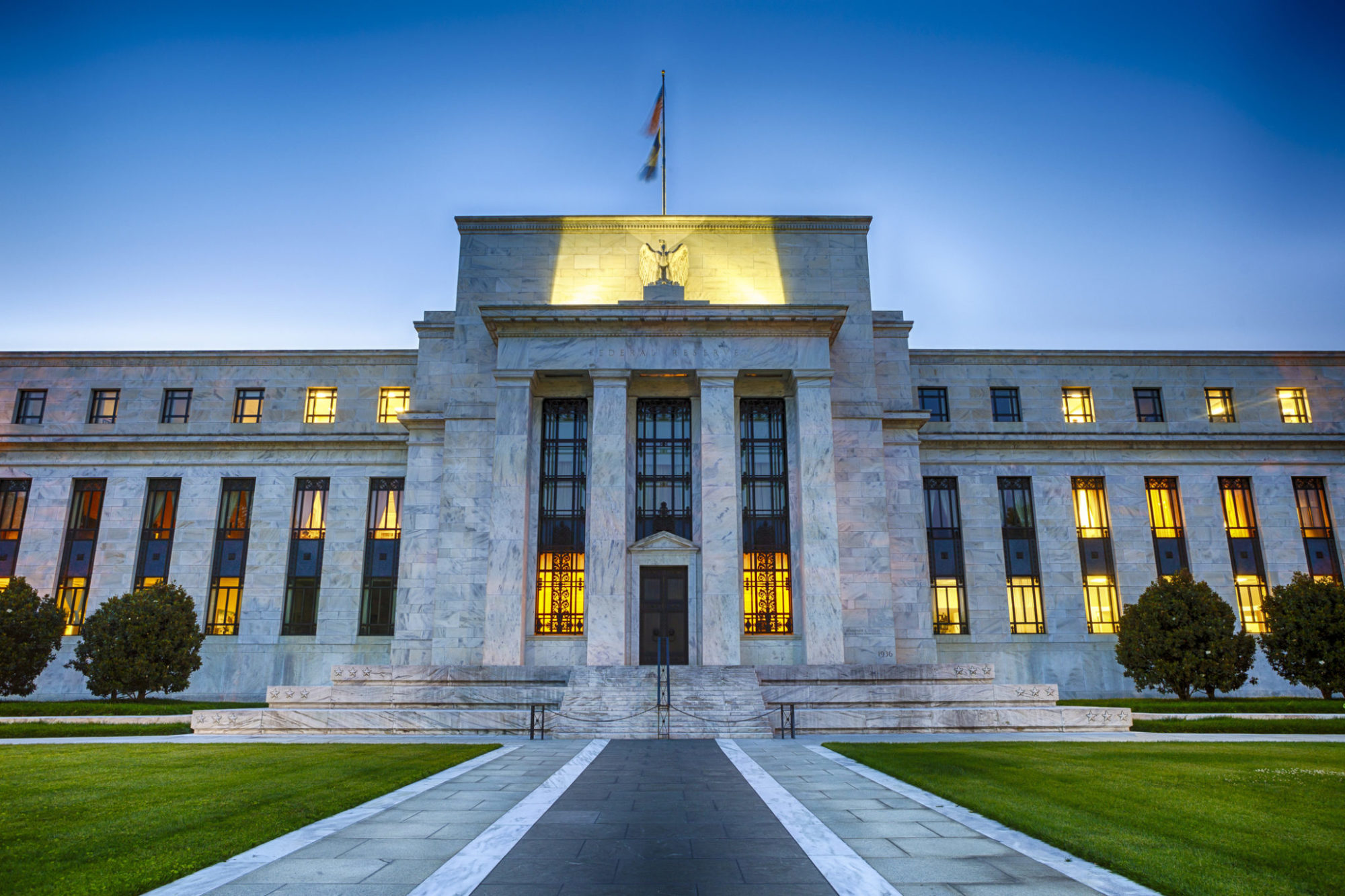Lael Brainard And The Coming Rate Hike
FEDERAL RESERVE PREPARES TO MAKE ANOTHER MOVE … A typically dovish member of the Federal ReserYou must Subscribe or log in to read the rest of this content.
FEDERAL RESERVE PREPARES TO MAKE ANOTHER MOVE …
A typically dovish member of the Federal Reser
